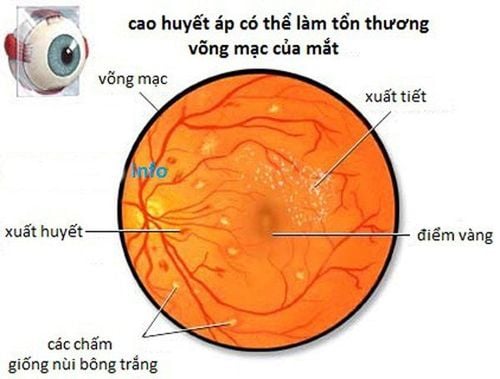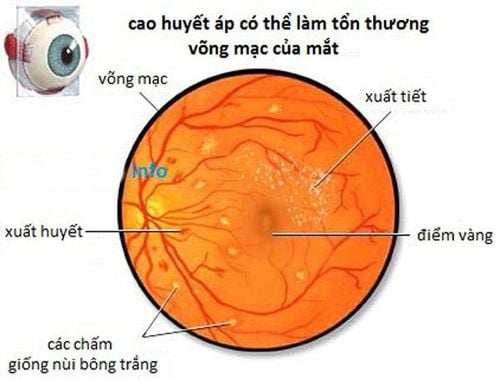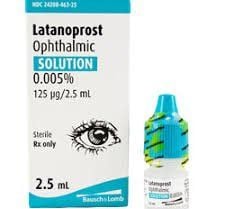This is an automatically translated article.
The article was professionally consulted by an eye doctor - Department of Examination & Internal Medicine - Vinmec Hai Phong International General HospitalBee stings in the eyes are not a common accident, but they are also very uncomfortable and even dangerous for patients. Bees can sting the eyelids, the conjunctiva or the cornea causing keratitis. In particular, being stung to the cornea is the most severe damage, which can cause keratitis or severe can lead to blindness if not treated promptly.
1. Keratitis caused by bee stings
The bee is a winged, invertebrate animal belonging to the arthropod phylum. Bees come in many different types with different shapes and sizes as well as different body characteristics.However, they all have in common that they have a stinger with a venom sac on their body. After stinging a person, the stinger is severed, left on the tissue, and then the venom sac secretes venom that penetrates the tissue, causing reactions at the sting such as pain, itching, redness, swelling, and infection. ..
Bee venom often contains:
Melitine : is a peptide consisting of 70 different amino acids, has the effect of hemolytic, changes the nerve membrane potential to cause pain, on the other hand has the ability to erythrocyte solution. Hyaluronidase and histamine cause vasodilation, increased drainage leading to itching, redness, and edema. Dopamine: makes the heart beat faster. Apamin: inactivates the calcium pump at the cell membrane, thereby paralyzing neuromuscular activity. In addition, bee venom also contains substances that disrupt mast cells.

Nọc ong được chứa trong 2 tuyến nọc dẫn vào một kim chích sau đít ong
In the eye, keratitis caused by bee stings is one of the most severe injuries due to the venom secreted directly into the cornea.
Manifestations of patients with keratitis caused by bee stings:
Red and painful eyes. More tears than usual without crying. The eyelids can swell, leading to difficulty opening the eyes, pain, irritation caused by secretions in the bee venom sacs. Blurred vision, reduced vision, the extent of which depends on the damage and the duration of the damage. Eyes are more sensitive to light, feeling stuck in the eyes.
2. Treatment of keratitis caused by bee stings
In bee sting keratitis, clinical symptoms are mainly caused by the venom secreted in the stinger. Therefore, in the treatment of these patients, the most important thing is to examine and detect the stinger in the corneal parenchyma so that the stinger can be removed. If the stinger is detected, the patient needs to go to surgery immediately to remove the stinger.
Cần đưa ngay bệnh nhân đến viện để tiến hành phẫu thuật gắp ngòi ong
Immediately after being stung by a bee, before taking the patient to medical facilities for surgery, there are a few things to keep in mind:
Immediately remove the patient from the bee area. Place the patient to rest, avoid excessive movement. If you see the nib, you can always pull it out, pay attention to it gently to avoid damage to the cornea. Do not squeeze with your hands as it may break the venom sac. Wash and clean the area of the bee sting with clean water or physiological saline. Apply a cold towel or apply ice to the sting to reduce swelling, reduce pain and reduce swelling. Take the patient to the nearest medical facility for timely emergency and treatment. After surgery to remove the venom sac, it is necessary to pay attention to the patient's use of drugs to speed up recovery and limit the following complications:
Prescribing drugs for post-operative treatment depends on the eye condition of each patient The cause and extent of damage to the cornea and must be prescribed by an ophthalmologist.

Bác sĩ kê đơn thuốc để hỗ trợ bệnh nhân nhanh phục hồi sau phẫu thuật
On the contrary, if the patient arrives late, the cornea is severely damaged, although it is possible to surgically remove the stinger and venom sac, the damage to the cornea and vision will be poor, which may lead to loss of vision. Partial or complete force
Bee sting keratitis is not a common clinical accident. Secretions from the venom sac in the stinger can cause corneal damage to varying degrees. For patients with corneal damage due to bee stings, the most important thing is to detect the stinger and remove the stinger as soon as possible in combination with medication to restore damage and limit complications later. .
Please dial HOTLINE for more information or register for an appointment HERE. Download MyVinmec app to make appointments faster and to manage your bookings easily.













